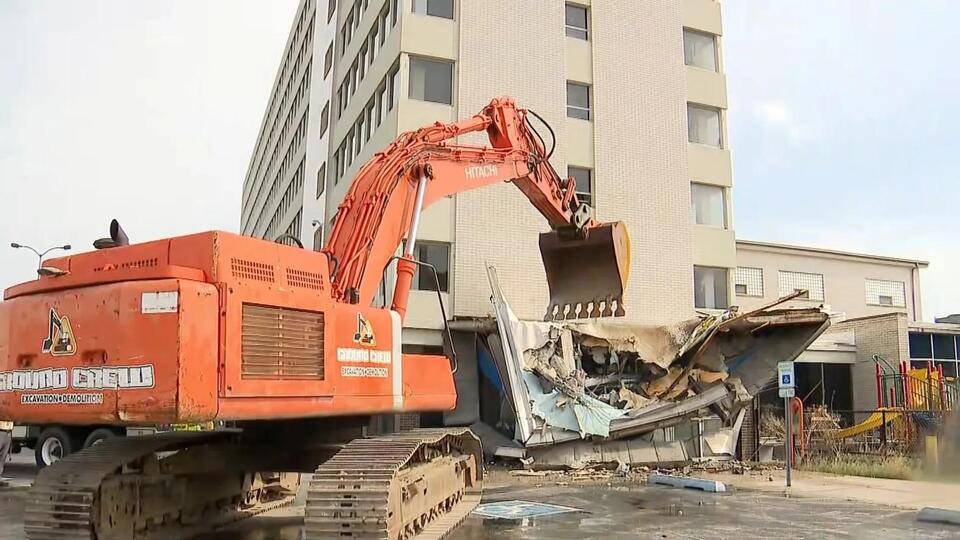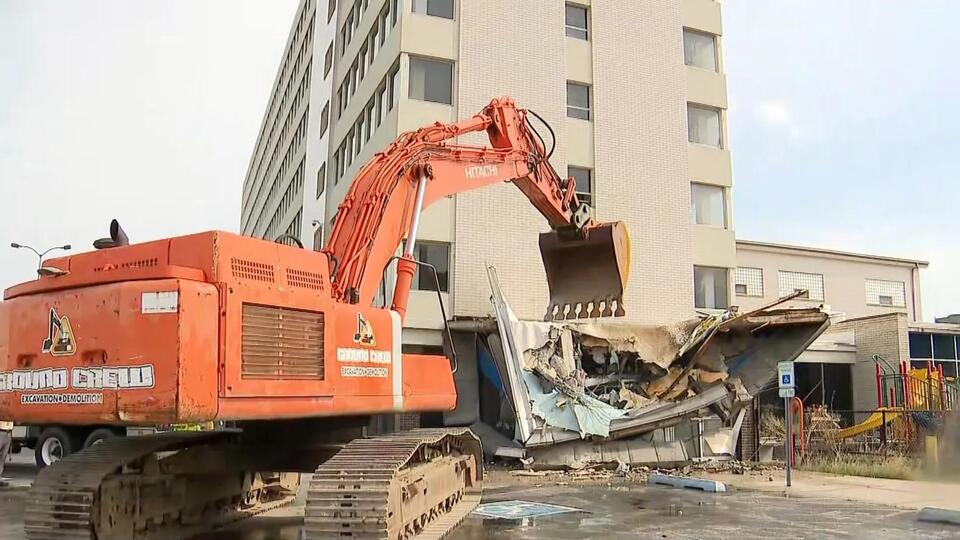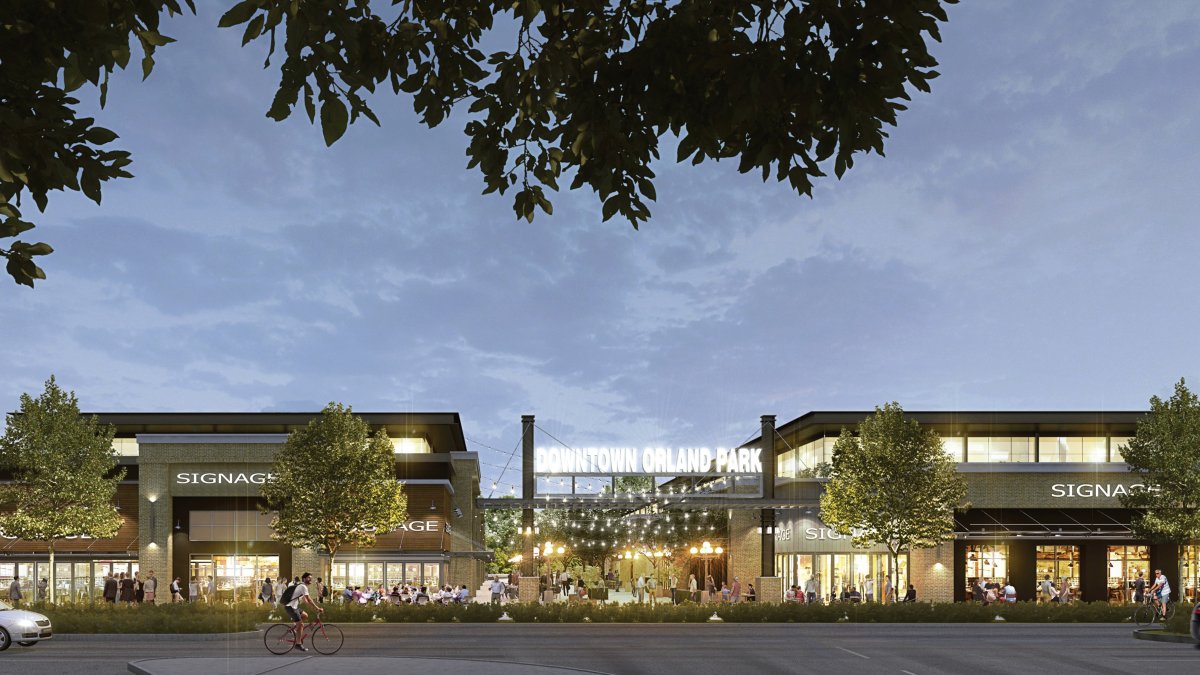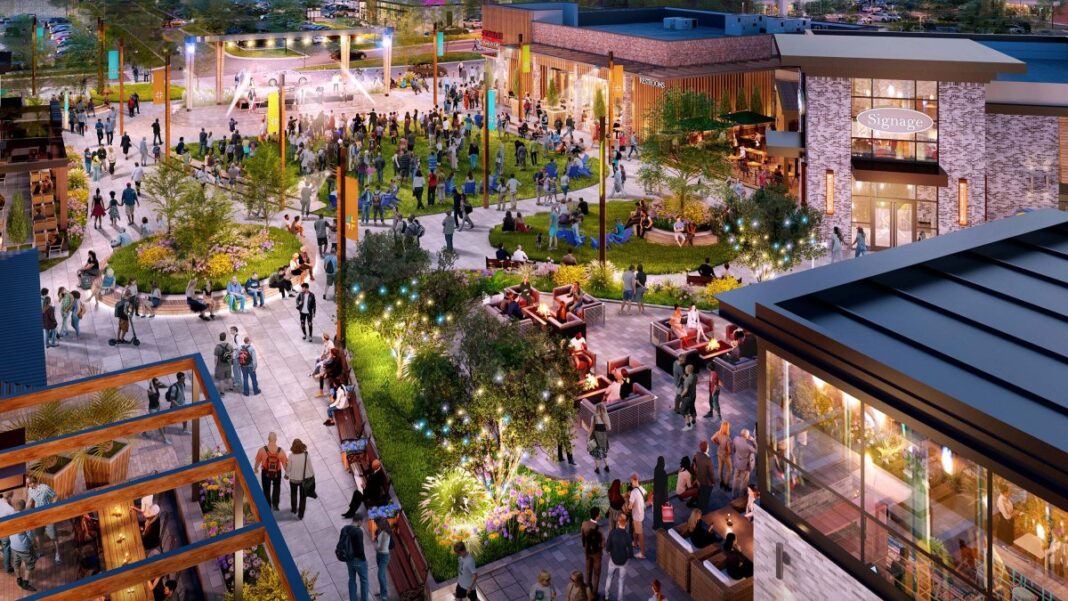## Niles on the Rise: Get Ready for a Retail Revolution Imagine strolling down vibrant, bustling streets lined with trendy shops, exciting restaurants, and captivating entertainment options. This isn’t a scene from a Hollywood blockbuster, it’s the future of Niles. NBC Chicago reports on a major redevelopment project poised to transform the town, with new shopping and entertainment districts promising to revitalize the community and attract residents from across the Chicagoland area. But what exactly does this ambitious plan entail, and how will it change the face of Niles? Get ready to dive into the details of this exciting development and explore the potential impact on residents, businesses, and the future of Niles.
A Hub for Local Businesses and Residents

The redevelopment of these shopping centers is not just about attracting new tenants and generating revenue. It’s about creating vibrant, inclusive spaces that serve the needs of the local community. This focus on community engagement is evident in the plans for the new developments in Niles and Orland Park.
In Niles, the revitalized Golf Mill center will feature an open-air plaza with improved pedestrian walkways, updated restaurant patios, new LED lighting, and public gathering spaces designed to host community events. This emphasis on pedestrian-friendly design and public spaces aims to create a welcoming environment for residents to connect with each other and enjoy the amenities the center offers.
The new development in Orland Park, dubbed “The Triangle,” similarly prioritizes community engagement. The expanded Crescent Park will serve as a central hub for the district, hosting farmers markets, summer concerts, winter ice skating, and a pedestrian walkway. This commitment to creating a vibrant public space reflects the village’s vision for a pedestrian-friendly downtown environment that fosters a sense of community and encourages residents to spend time and money in the area.
Developers and local officials emphasize the importance of creating spaces that cater to the diverse needs of the community. For example, the new development in Orland Park will include a variety of uses beyond retail and dining, such as fitness centers, daycare centers, and apartment buildings. This mixed-use approach aims to create a more sustainable and self-sufficient community, catering to residents of all ages and lifestyles.

The Future of Suburban Shopping and Entertainment
The redevelopment of these shopping centers reflects a broader trend in the retail industry: the evolution of malls and shopping centers from purely transactional spaces to destinations that offer a wider range of experiences.
This shift is driven by changing consumer preferences and demands. Today’s shoppers are looking for more than just goods; they want engaging experiences, opportunities for social connection, and a sense of community. This has led to the rise of lifestyle centers, mixed-use developments, and other innovative retail concepts that prioritize experience over transactions.
The redevelopment projects in Niles, Naperville, and Orland Park demonstrate this trend in action. They are transforming aging shopping centers into dynamic hubs that offer a variety of dining, entertainment, and cultural experiences, creating destinations that cater to the evolving needs of suburban residents.

Adapting to Changing Consumer Preferences and Demand
The success of these redevelopments hinges on their ability to adapt to the changing needs and preferences of consumers. Here are some key factors driving this adaptation:
- Experiential Retail: Consumers are increasingly seeking out experiences, not just products. Developers are responding by incorporating entertainment venues, dining options, and interactive spaces into their projects. The redevelopment of Golf Mill in Niles, with its open-air plaza and community event spaces, exemplifies this trend.
- Community Focus: Shopping centers are evolving from isolated retail destinations into community hubs. The emphasis on pedestrian-friendly design, public spaces, and community programming in projects like The Triangle in Orland Park reflects this shift.
- Mixed-Use Development: The integration of residential, office, and other uses into shopping centers creates a more vibrant and self-sufficient environment. This approach, evident in the plans for The Triangle, aims to attract a diverse range of residents and businesses, fostering a sense of community and encouraging foot traffic throughout the day.
These trends indicate a significant shift in the retail landscape, with shopping centers adapting to become more dynamic, experiential, and community-oriented destinations.
A Wave of Redevelopment Across the Suburbs
The redevelopment of shopping centers in Niles, Naperville, and Orland Park is part of a broader wave of revitalization sweeping across the Chicago suburbs. As traditional malls struggle to keep pace with changing consumer habits, developers are increasingly focusing on redeveloping aging properties into more modern and experiential destinations.
Following in Naperville’s Footsteps
Naperville’s Block 59 project serves as a model for this trend. The $53 million redevelopment of Heritage Square and Westridge Court will bring a new wave of dining and entertainment options to the western suburbs, anchoring the center with popular retailers and restaurants like The Cheesecake Factory, Stan’s Donuts, Yard House, and Ruth’s Chris Steakhouse.
This project mirrors similar efforts underway in other suburban communities, such as Westfield Old Orchard in Skokie, Golf Mill in Niles, Stratford Square in Bloomingdale, and the new “APEX” district in Aurora. These redevelopments demonstrate a commitment to revitalizing suburban commercial spaces and creating vibrant destinations that cater to the needs of modern consumers.
These developments are not simply about aesthetic upgrades; they are strategic investments in the future of the suburbs. By transforming outdated shopping centers into modern, mixed-use destinations, developers are creating spaces that attract new businesses, residents, and visitors, contributing to the economic growth and vitality of the surrounding communities.
The “APEX” District in Aurora
The “APEX” district in Aurora, for example, is a $160 million redevelopment project that will transform a former industrial site into a vibrant mixed-use hub with a mix of retail, dining, entertainment, and residential components. The project is expected to create hundreds of jobs and attract new residents to the area.
Westfield Old Orchard in Skokie
Westfield Old Orchard in Skokie is another example of a suburban shopping center embracing the changing retail landscape. The center has undergone a series of renovations and expansions in recent years, adding new dining options, a movie theater, and a fitness center. These additions have helped to attract a wider range of shoppers and create a more vibrant and engaging experience.
Golf Mill in Niles
The redevelopment of Golf Mill in Niles, as highlighted in this article, exemplifies the trend of transforming outdated shopping centers into dynamic community hubs. The focus on pedestrian-friendly design, public spaces, and community programming aligns with the evolving needs and preferences of modern consumers.
Conclusion
Revitalizing Niles: A New Era of Shopping and Entertainment
As reported by NBC Chicago, the city of Niles is on the cusp of a major transformation with the development of new shopping and entertainment districts. This ambitious project aims to revitalize the area, injecting fresh life into the local economy and enhancing the quality of life for residents. Key highlights of the plan include the creation of vibrant public spaces, upscale shopping centers, and a range of entertainment options, from dining and nightlife to cultural events and activities. By drawing inspiration from successful redevelopment models in neighboring cities, Niles is poised to establish itself as a thriving hub of activity, attracting visitors from across the region.
The significance of this redevelopment effort cannot be overstated. Not only will it generate new economic opportunities and create jobs, but it will also contribute to the city’s aesthetic appeal, fostering a sense of community and civic pride. As Niles continues to evolve, it will become an attractive destination for businesses, investors, and residents alike, cementing its position as a premier destination in the Chicago area. Looking ahead, this redevelopment project has the potential to set a new standard for urban renewal, providing a roadmap for other cities facing similar challenges.
As Niles embarks on this exciting new chapter, residents and visitors alike can expect a transformed landscape that is both vibrant and inviting. With its rich history, diverse culture, and commitment to innovation, Niles is poised to emerge as a beacon of progress and growth. As the city’s redevelopment plans take shape, one thing is clear: Niles is not just building a new shopping and entertainment district – it’s building a brighter future for generations to come.
